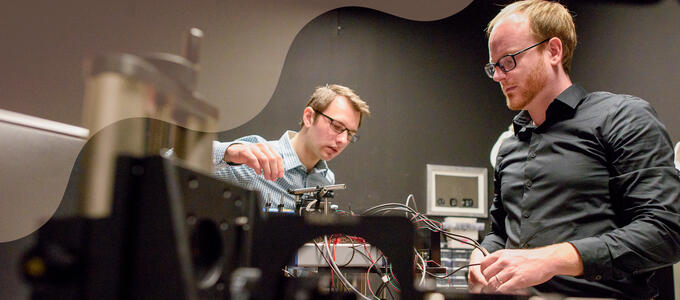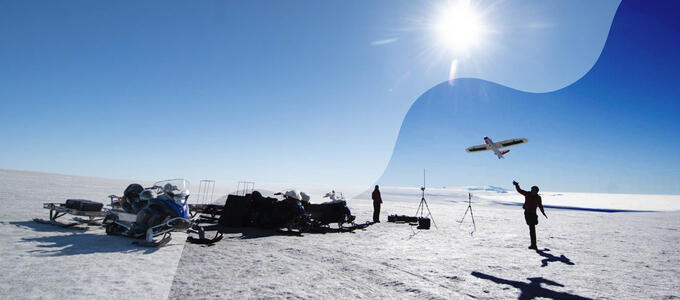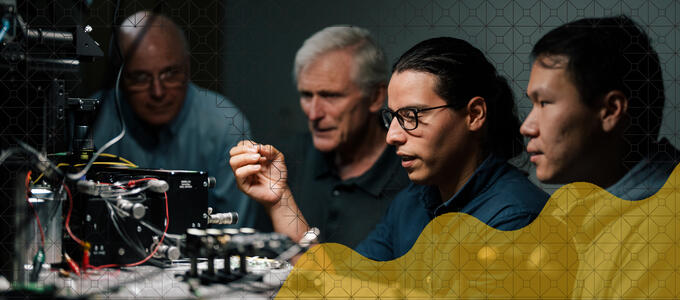
AI, machine learning, optimization
Optimal design and engineering systems operation methodology is applied to things like integrated circuits, vehicles and autopilots, energy systems (storage, generation, distribution, and smart devices), ...

Biomed devices, sensors, and systems
Discovering and creating fundamentally new devices and systems for critical diagnostics (sensors, imaging), therapeutic (lasers, pacemakers, and neural interfaces), and analytical (high-throughput sequencing, healthcare IT) technologies. ...

Computational Sensing, Imaging, and Display
This area combines advanced computational and algorithmic solutions with next-generation hardware and systems to unlock new paradigms in sensing, imaging, and displays.

Computer architecture, security, hardware/software systems
Efficient storage, compression, and transmission of information, applies to a wide range of domains, such as communications, genomics, neuroscience, societal networks and urban systems, and statistics. …

Energy, environment, and sustainability
Motivated at the macro level by the rapid rise in demand for electricity and related threats to the environment, and on the micro level by the number of mobile devices and sensors whose performance and lifetimes are …

Information and coding theory, communications, signal processing
Moving information efficiently and reliably across time and/or space supports the modern world and its sustainable future. This area advances fundamental understanding of the communicated information's structure, partitioning …

Integrated Circuits and Systems
This area is concerned with the application-driven design of electronic circuits and systems, spanning a wide spectrum from low frequencies to mm-wave and THz. These systems are designed with a variety of fabrics and technologies, ranging from silicon subsystems and modules, CMOS and BiCMOS chips, emerging nano and MEMS devices, as well as discrete electronics.

Nanotechnology, nanofabrication, materials, advanced packaging and manufacturing technologies
Design methodology, validation and test, approximate computing, and robust circuits and systems; Mixed-signal integrated circuit design ...

Quantum science and engineering, photonics
Physics, materials, devices, and systems are explored through quantum mechanical interactions alongside photonics engineering, which serve as key resources for implementing various quantum technologies, including quantum computers, simulators, sensors, and networks.

Robotics, control
Develop broadly intelligent behavior through learning and interaction. Exploring the intersection of machine learning and robotic control, including visual perception and manipulation skills, deep reinforcement learning of general skills …
Curious about designing a program?
If you are interested in designing a program that fits your interests, please contact the undergrad advisor or graduate advisor.
Want more projects and people?
Visit Faculty research and lab sites. Deeper dive links are available by clicking on our faculty's name.